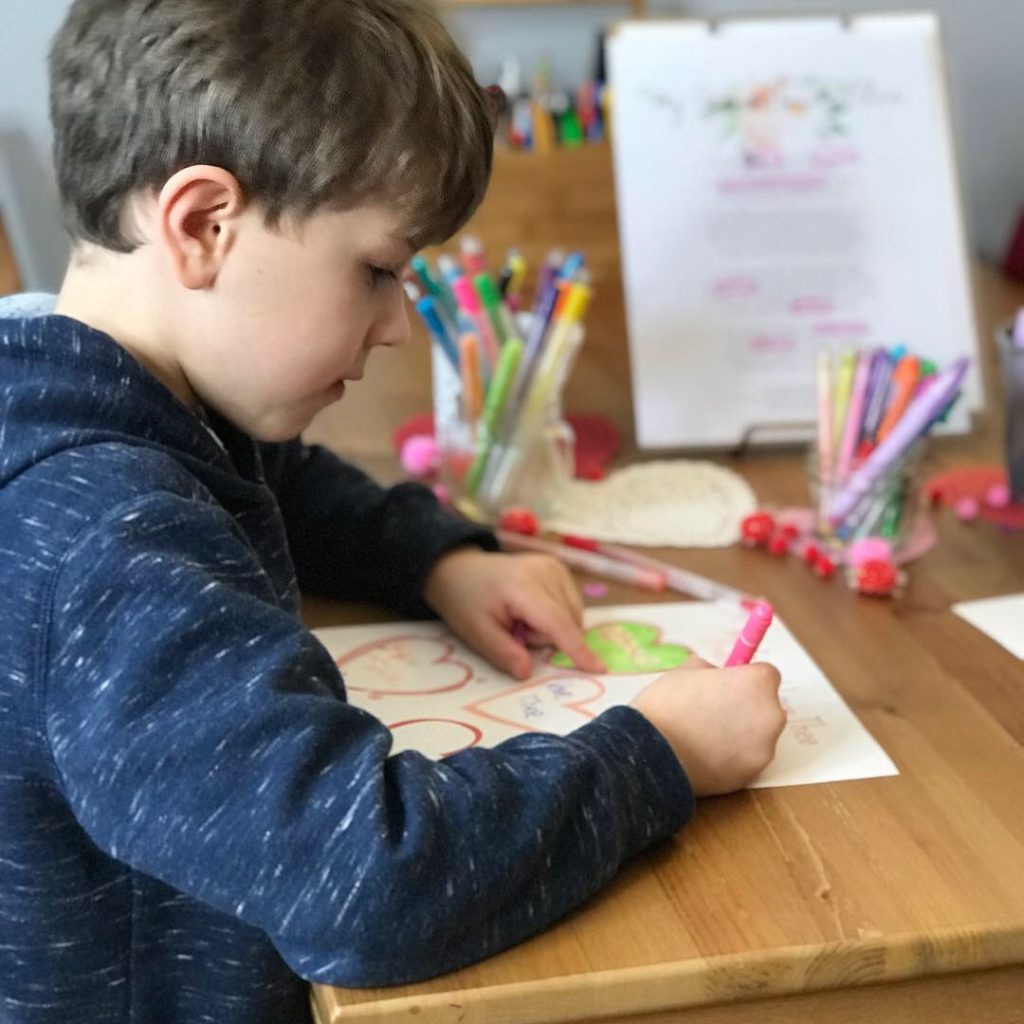Inside the Charlotte Mason method for homeschooling

The Charlotte Mason homeschool method is based on the creator, Charlotte Mason’s philosophy: “Education is an atmosphere, a discipline, a life.”
Mason was a teacher in England during the late 1800s, and as she experienced education she developed her own philosophy on how children should be taught. She believed learning should come from a child’s experience of the natural world.
Method description
Charlotte Mason focuses learning in short periods of study; around 15 to 20 minutes for elementary aged children, up to 45 minutes for high school aged students. Lessons go in depth for shorter periods of time, and daily repetition, versus long, singular lessons.
Lessons are held outside as much as possible, with a big focus on nature, observation and living books for every age. Living books are written by passionate authors, usually in a narrative or conversational style. They can include biographies or autobiographies; any book that pulls the reader into the subject, making it come alive and making it interesting, therefore easy to remember the information.
Curriculums for the Charlotte Mason method
“A good Charlotte Mason curriculum is built on very good books,” said Leah Martin, a Charlotte Mason homeschooling mom. “You really don’t need textbooks or workbooks or anything else besides well-written, inspiring books. There are curriculums out there that use modern books and they loosely follow Charlotte Mason’s methods, and there are also curriculums that use very old books and follow Charlotte Mason to a T. What’s right for a family depends on how deep they’re willing to jump into the philosophy.”
“Originally, Charlotte Mason didn’t use curriculums,” said Julie Kieras, a homeschooling mom. “She just had a philosophy of education she followed.”
Nowadays, there are more and more companies and individuals creating curriculums and frameworks for Charlotte Mason homeschooling. Simply Charlotte Mason is a popular company developing new curriculums and ideas for Charlotte Mason homeschooling.
Positives
This method places a strong focus on nature walks, outdoors, journaling, observation and memorization.
“I see how much flexibility it gives us,” said Martin. “We don’t have to rush off to school drop-off every morning, we relax together. When it’s beautiful out, we move our lessons outside. My very young daughter gets lots of time to play outside and to be a child, which is crowded out following a school schedule. I get to teach what I think is most important and I can follow her interests when we have some extra time.”
Students natural curiosity about the things around them is strengthened, even encouraged as a learning tool.
“Charlotte Mason creates students who learn for the joy of learning,” said Kieras. “It’s an organic and natural way to learn, activating observation skills and wonder about the world. It allows children to learn in the way they naturally learn.”
Negatives
Emphasis on maths and sciences can be weaker in the Charlotte Mason method, which can make it problematic for students in middle school and high school.
Charlotte Mason is considered one of the most old fashioned of all homeschooling methods; its focuses can be outdated in comparison to other homeschool methods.
“It’s more intensive for parents to employ,” said Kieras. “It takes more research on the parent’s part. If I want my kids to enjoy nature, I have to know what to tell them when they ask questions. It involves more parent knowledge than other methods.”
Why homeschoolers like it
The Charlotte Mason method lends itself to be used cohesively with the unit studies and classical methods.
Because the method is not intricate, it can be easily taught by a non-professional. Since the lessons revolve around being outside and observing, this teaching method can be low in cost, because less materials are needed.
“Charlotte Mason self perpetuates learning,” said Kieras. “It creates lifelong learners and fosters joy in learning itself. Learning isn’t a means to an end – it’s the exciting part.”
How Charlotte Mason compares
“The hardest part of homeschooling is never getting any breaks. My children are still very young, and I am with them all the time,” said Martin. “But, I’ve learned to work time for myself into the schedule. Also, my daughter isn’t convinced that she’s actually doing ‘school’ and so that can be a struggle sometimes. Since most of her other friends go to school and sit in a desk from 8:00 to 3:00, she sometimes feels a little left out.”
Charlotte Mason differs from traditional homeschooling; sometimes it doesn’t seem like children are learning because they’re not in traditional classrooms. There’s a heavy emphasis on nature walks, observation and curiosity, but not so much on testing or exams.
“Learning paths will look different than a traditional school curriculum,” said Kieras. “The curriculum may be in a different order, and may move more slowly through observing, reading and autobiography studies. It can be challenging when others question why your child hasn’t learned something yet. The point is Charlotte Mason moves slower to go deeper into knowledge.”
